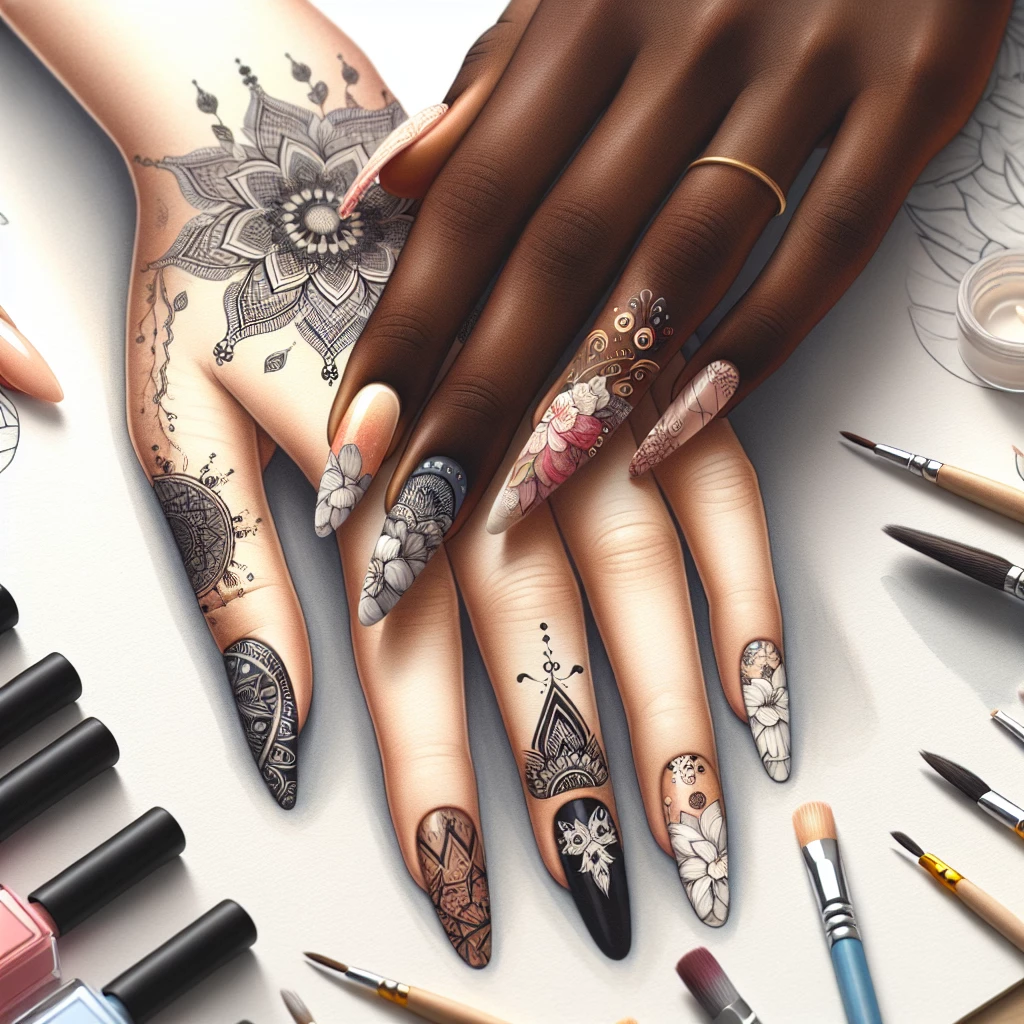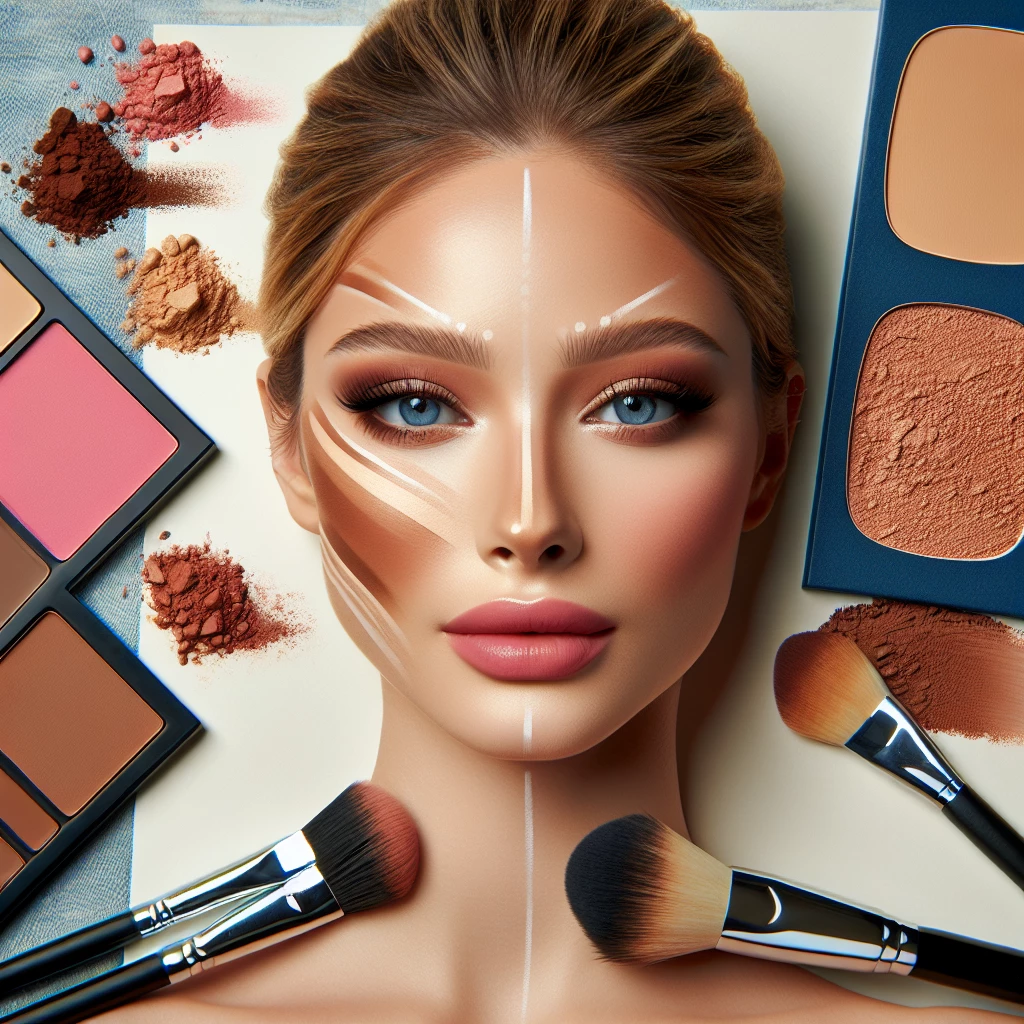Welcome, my fellow Makeup Queens, to yet another enlightening article about the fascinating world of makeup. Today we are diving into the realm of color correcting, a science-based method that has occupied a significant place in our makeup techniques. This art form is designed to camouflage various imperfections, brighten our skin, and essentially create a flawless base. So grab your palette and brushes, because we're about to delve into the science, the methods, and the magic of color correcting in makeup.
Understanding the Science of Color Correcting
The science of color correcting in makeup is literally a game of opposing colors. It is directed by the principle that colors located opposite each other on the color wheel can cancel each other out. When applied with this understanding, color correcting concealer can effectively neutralize skin tone imperfections like redness, dark circles, or dull patches and provide you with a perfect base to work on.
The journey to mastering this science, however, begins with understanding your own skin and identifying its needs. Start by examining your complexion under good lighting and take note of any areas of discoloration. Familiarize yourself with how different colors work to balance out these imperfections and how they interact with your specific skin tone.
Each color in a color correcting palette is delicately formulated to tackle a specific skin problem. Green concealer is great for counteracting redness as acne, rosacea, or visible blood vessels. Peach, bisque, or orange are used for diminishing dark under-eye circles especially for those with light, medium, and deep skin tones respectively, while yellow is ideal for hiding purple or blue bruises, veins, and under eye circles. Purple and pink are used to brighten dull, sallow skin.
Incorporating these techniques into your routine
Now that we've covered the color theory, let's talk about incorporating these makeup techniques into your daily routine. Start by cleaning your face, applying moisturizer and then primer. Apply the relevant color corrector before your regular concealer and foundation. Use a light hand and blend well, the key here is to neutralize the area of concern rather than to mask it. Complete your look with foundation (if necessary), setting your face with loose powder as usual.
The beauty of color correcting is that when done right, it can significantly lessen the amount of makeup you wear. For instance, if your eyes are properly color corrected, you will find less need for heavy concealer. The same goes for other areas of your face.
Remember, the aim here is to create a more natural, flawless look. When you are color correcting, it's crucial that you blend well. Unblended color correctors can produce harsh spots of color on your skin, undermining the very purpose of this technique.
Choosing the Right Products
Among the vast range of makeup products available today, finding the right products for color correcting can seem overwhelming. The best place to start is always with a good color correcting palette that offers a variety of shades. This way, you'll have what you need on hand, no matter what issues may pop up.
Naturally, quality matters as well. Look for color correcting concealers that offer full, yet smooth coverage. They should be easily blendable and stay put on your skin all day. If you're new to color correcting, it may also be helpful to start with liquid concealers, as they are often easier to blend than creamier formulations.
Finally, remember that consistency is key. The best product in the world won't do much good if you're not going to use it, so find a product that you'll feel comfortable and confident using regularly.
Mastering the art and science of color correcting in makeup can give you game changing results. Not only can it help you achieve a smoother, more natural and flawless appearance, but it also enhances the overall look of your makeup. Remember, the key is understanding your own skin, using the right products and employing precise techniques. So my lovely Makeup Queens, unleash the power of the color correcting palette in your hands and embrace your inner artist.

In-depth Dive into Nail Art
Get inspired by the latest trends in nail art and learn about the essential products for the same.

Glitter Makeup: Dazzle with Grace
Understand the do's and don'ts of glitter makeup and unveil the products that can help you sparkle.

Contouring 101: A Beginner's Guide
Comprehend the art of contouring and explore the best products to achieve that perfect sculpted look.

Decoding the Function of Primers
An overview of the uses, benefits, and the must-have primers for your daily beauty regime.
